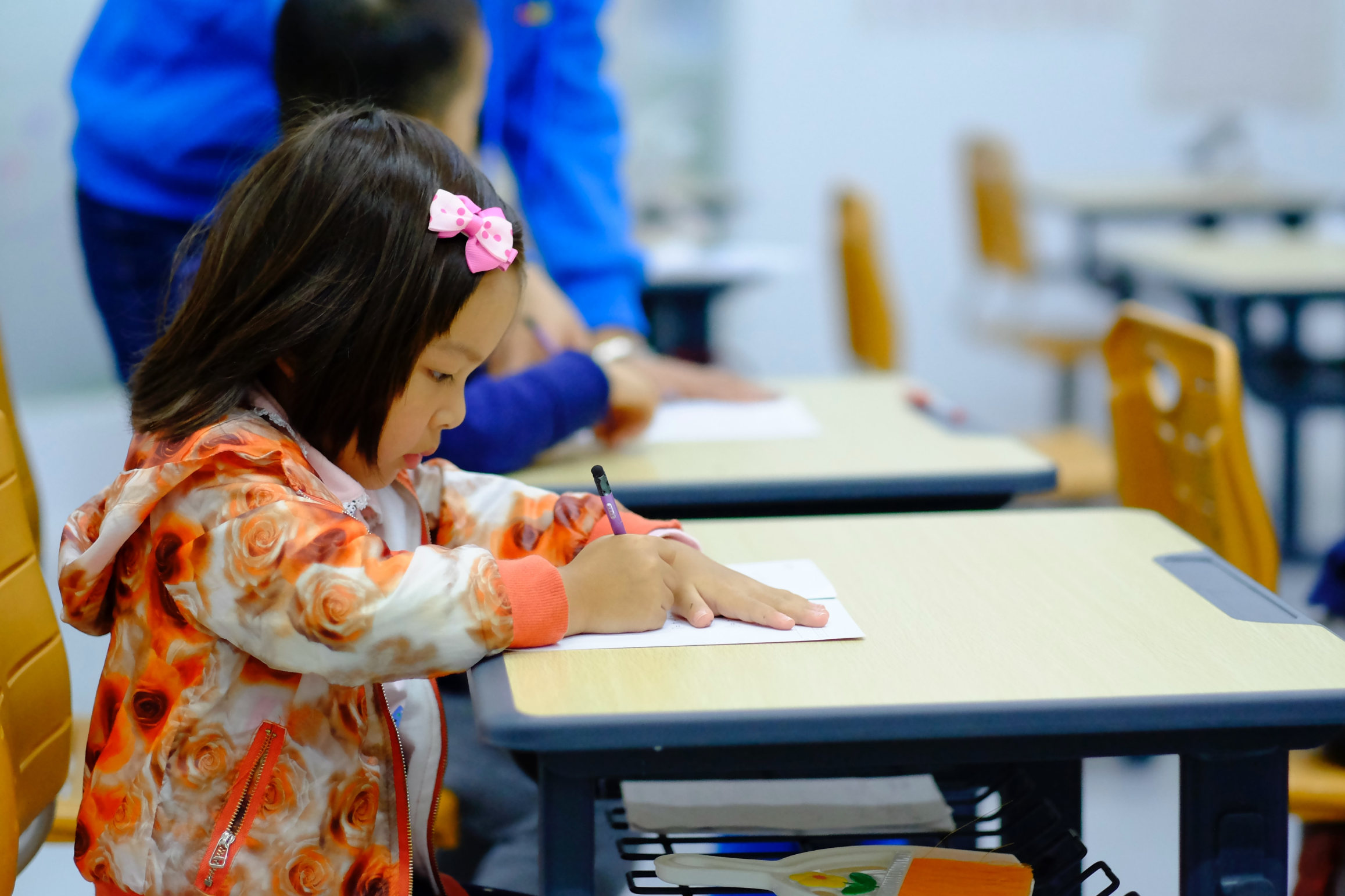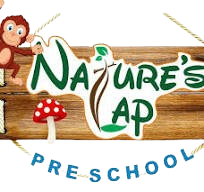Every parent worries about their child’s focus and attention. Attention is the ability to switch between tasks and stimuli while focus is the elevated level of attention for a sustained period of time. For instance attention is a person sitting in front of a speaker and listen to what they are saying. Focus is taking notes, asking questions, and analyse. Children have a lot of things going on in their minds, and they might lose focus and just able to pay attention in classrooms and in social endeavours. This blog explores what focus and attention mean to children, the kind of distractions they may be exposed to, and what parents and teachers can do about it. What is Focus & Attention? Focus refers to a child’s ability to concentrate on a particular topic or activity for a prolonged amount of time, whereas attention is the mental process that keeps them engaged. Both are crucial as they allow children to absorb information, complete tasks, and learn effectively. Types of Distractions Children face numerous distractions that hinder their ability to focus on important activities like studying, joyous reading, and playing. The types of distractions children face can be categorized into: 1. Environmental Distractions 2. Natural Distractions 3. Screen Distractions 4. Social Distractions Symptoms That Indicate Your Child Is Struggling to Focus What Parent’s can do to Improve Kid’s Focus 1. Break School Lessons: Break lessons into smaller, digestible parts, each followed by a brief discussion or activity to maintain attention. Use breaks between two lessons, incorporate brain breaks to refresh and prevent fatigue. 2. Active Learning: Group discussions, peer learning, and practical exercises must be prepared for interactive learning. Let them learn educational games for enjoyable learning environment. 3. Use Visual and Auditory Stimuli: Use a visual diagrams, charts, videos, or sound effects to make it interesting. Use multimedia presentations, educational apps, and smart boards. 4. Physical Movement: Include movable activities for children to participate in, including writing on board, role-playing, or walking between the learning stations. Include short, structured physical breaks to refresh their attention during long periods of sitting. 5. Promote Curiosity: Let children ask questions that will maintain their acuteness of attention on the topic. Questions stimulate participation and help children to stay active. Peer teachingactivitywould involve students with advanced knowledge on a particular topic to help other students. 6. Clear and Concise Instructions: Give clear instructions and directions to kid when they go out to buy groceries. When kids are working on a project, give clear written instructions or other types of visual cues for memory aid to keep their heads on the issue and avoid confusion. 7. Supportive Environment: Encourage an atmosphere of safety, where learners feel less embarrassed to come for help. Always remind the students that it is helpful to learn from mistakes and experience will make them sharper and more attentive. In conclusion, helping your child to develop attention and concentration involves time, patience, and continuing trials. You can assist your child’s concentration by engineering an overall pleasant environment that supports such behaviour, making it more structured and supportive. Remembering that each child has unique needs makes it that much more important to adapt any tactics to suit those needs.

